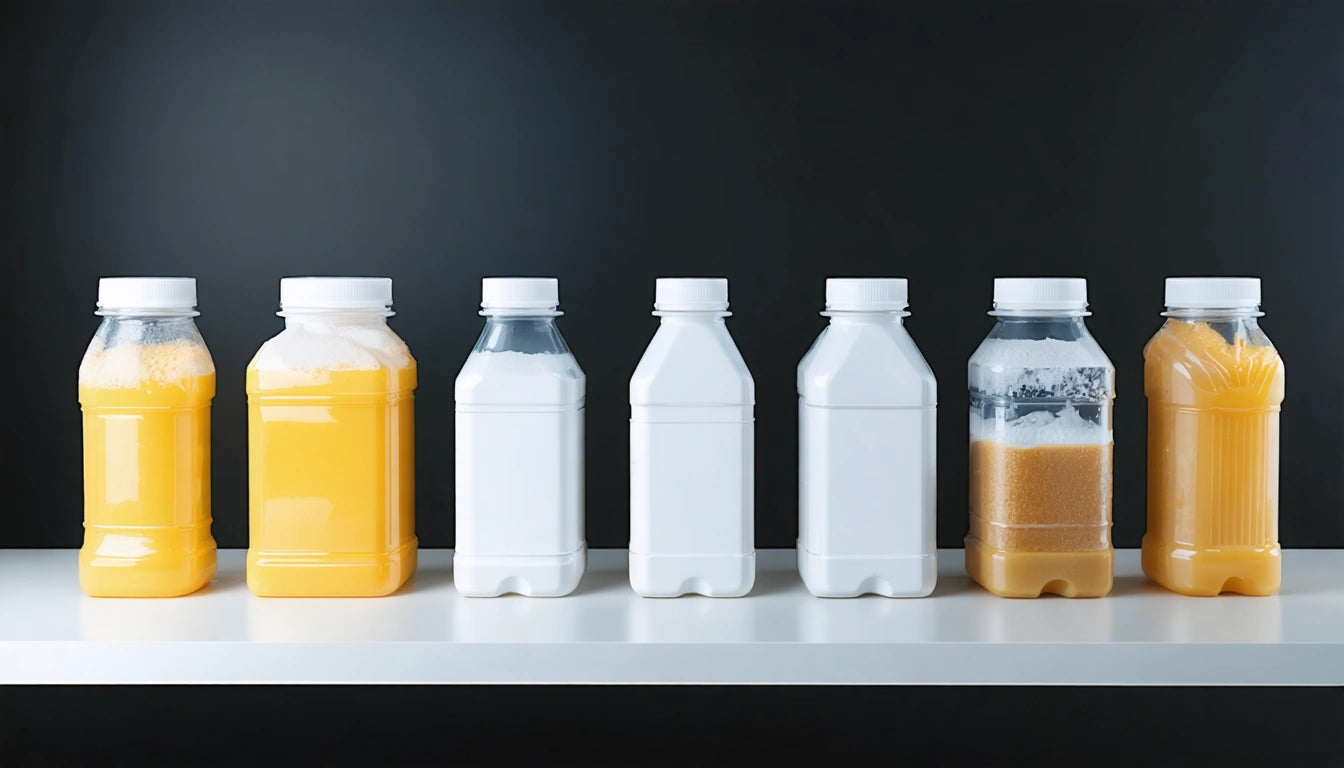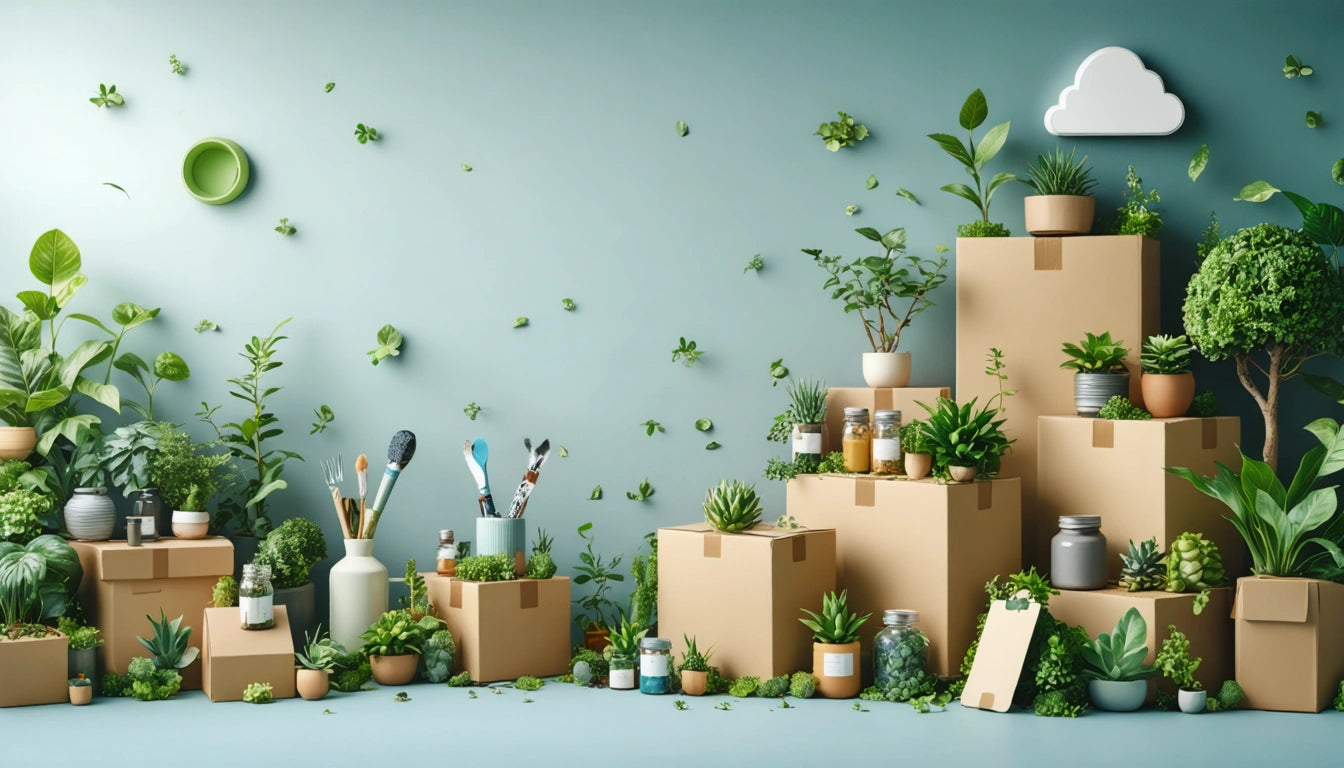Table of Contents
Effective Methods to Remove Labels from Plastic Containers
Knowing how to take labels off of plastic containers can transform ordinary packaging into versatile storage solutions. Whether you're recycling, repurposing containers for organization, or preparing jars for craft projects, removing stubborn labels and adhesive residue is often the first challenge. This guide explores proven methods to strip away labels while preserving the integrity of your plastic containers.
Why Remove Labels from Plastic Containers?
Removing labels from plastic bottles and containers serves multiple purposes beyond aesthetics. Clean, label-free containers are easier to recycle properly, as paper labels can contaminate plastic recycling streams. For reuse purposes, removing original product information prevents confusion and creates a blank canvas for new labels or decorative elements.
Many consumers also remove labels for privacy reasons, especially from prescription bottles or products with personal information. Additionally, some plastic containers, particularly those with secure caps and lids designed for secure storage, are valuable for organizing small items when repurposed.
Preparation Steps Before Label Removal
Before attempting to remove labels, take these preparatory steps:
- Empty and rinse the container thoroughly
- Remove any non-label components like cap rings or seals
- Identify the label type (paper, plastic, or metallic)
- Test a small corner of the label to assess adhesive strength
- Gather appropriate supplies based on the label type
Different plastics react differently to removal methods. Hard plastics like PET bottles can withstand more aggressive techniques, while softer plastics require gentler approaches to avoid damage.
The Heat Method: Using Warm Water and Heat
Warm Water Soak
The warm water method is often the simplest starting point for how to get labels off of plastic containers:
- Fill a basin with hot (not boiling) water
- Submerge the container completely for 10-15 minutes
- For stubborn labels, add a few drops of dish soap
- Peel away the label while still warm
- Use a soft cloth to rub away any remaining adhesive
This technique works particularly well for paper labels but may be less effective on plastic or vinyl labels with strong adhesives.
Hair Dryer Method
For plastic labels that resist the water soak method:
- Use a hair dryer on medium heat setting
- Direct the airflow at the label for 30-45 seconds
- Slowly peel the label from one corner while continuing to apply heat
- If resistance is felt, apply more heat rather than forcing removal
This technique softens the adhesive without exposing the container to water, which is ideal for containers that shouldn't get wet inside. However, be careful not to overheat the plastic, which could cause warping or damage.
Oil-Based Solutions for Stubborn Adhesives
When heat alone isn't sufficient, oil-based products can break down stubborn adhesives:
Cooking Oil Method
- Apply vegetable oil, olive oil, or coconut oil to the label
- Let it sit for 10-15 minutes to penetrate the adhesive
- Gently scrape away the label with a plastic scraper
- Wash with dish soap to remove oil residue
This method is particularly effective for removing sticky residue left behind after the label itself has been removed. It's also gentle enough for most plastic types without risking damage.
Household Products That Remove Labels Effectively
Several common household products can effectively remove labels from plastic containers:
Vinegar Solution
White vinegar's acidity helps break down adhesives:
- Mix equal parts white vinegar and warm water
- Soak the container for 10-30 minutes
- Scrub with a sponge or soft brush
- Rinse thoroughly to remove vinegar smell
This method is particularly effective for paper labels and is environmentally friendly compared to chemical solvents. As noted in recycling guides, keeping plastics free from paper contamination improves recyclability.
Alcohol-Based Products
Rubbing alcohol, hand sanitizer, or nail polish remover (for sturdy plastics only):
- Apply the product directly to the label
- Let sit for 5 minutes
- Wipe or peel away the label
- Wash thoroughly afterward
These products work quickly but should be used cautiously on certain plastics as they can cause clouding or damage. Test on an inconspicuous area first.
Mechanical Removal Techniques
Sometimes physical removal methods are necessary after chemical or heat treatments:
- Plastic scrapers or old credit cards can remove softened labels without scratching
- Microfiber cloths work well for rubbing away residue
- Baking soda paste provides gentle abrasion for stubborn spots
For particularly challenging containers, combining methods often yields the best results. For example, after soaking in warm water, apply oil to remaining adhesive, then gently scrape. As detailed in this guide on removing sticky substances, layered approaches are often most effective.
Sustainable Practices for Container Reuse
Once you've mastered how to remove labels from plastic bottles, consider these sustainable reuse practices:
- Sanitize containers thoroughly before food storage use
- Label new contents clearly with removable labels
- Consider biodegradable alternatives when replacing plastic containers
- Organize similar containers together for efficient storage
Understanding how plastic containers are manufactured can help you select the most durable ones for long-term reuse, reducing waste and extending the life of these versatile storage solutions.
By employing these methods to remove labels from plastic containers, you'll transform single-use packaging into versatile, reusable storage solutions while contributing to waste reduction efforts. Whether you're organizing craft supplies, storing leftovers, or creating custom storage systems, label-free containers provide endless possibilities for creative reuse.











Leave a comment
All comments are moderated before being published.
This site is protected by hCaptcha and the hCaptcha Privacy Policy and Terms of Service apply.